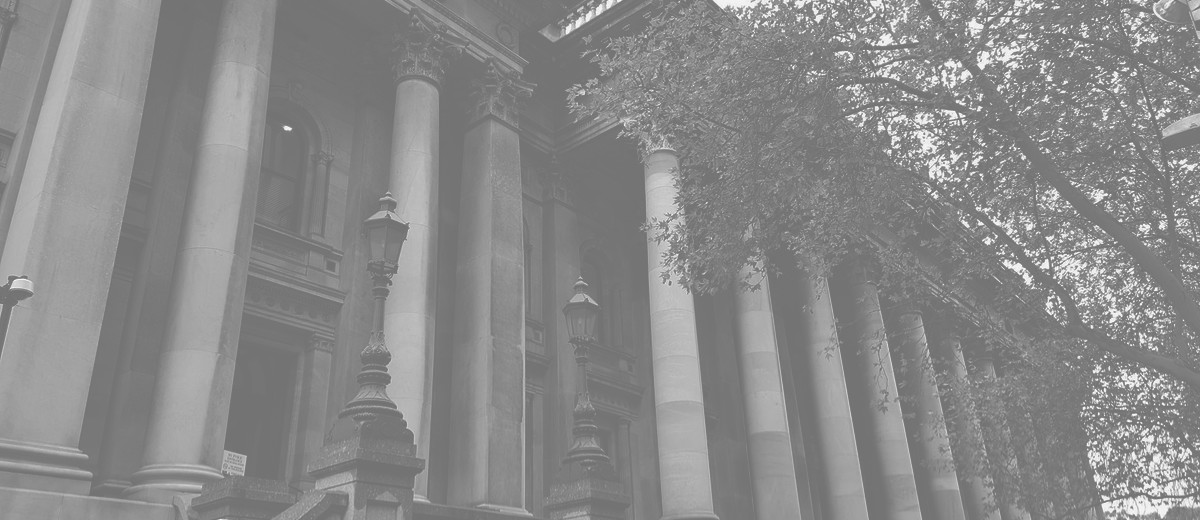Subject
ContributeThe franchise has proved a lively issue in South Australia’s political history. Before representative government, wealthy men of property claimed that parliament should represent only those with a stake in the country, whereas many colonists sought popular representation. Until 1851 the crown, through the governor, nominated the Legislative Council’s members, after which two-thirds were elected on a property franchise. The British Constitution Act (1856) established self-government by two elected chambers, with property qualifications applying to the upper house, the Legislative Council. The House of Assembly (lower house) franchise was extended to every man of 21 years who was ‘natural born’ or a naturalised British subject registered on the electoral roll for six months, excluding any person ‘with sentence outstanding for treason or felony or other infamous offence’. The stipulation that Legislative Council electors had to own or lease property of a certain value was challenged repeatedly on grounds of inequity. As early as January 1858 Boyle Travers Finniss, who had led South Australia’s first ministry in 1856–57, unsuccessfully presented a bill in the House of Assembly to eliminate the Legislative Council’s ‘property constituency’ by extending its franchise to anyone enrolled for the Assembly. Later attempts to equalise the franchise for both Houses failed a total of 40 times in 117 years, mainly in the Council. Consequently, although it never rejected a budget, the conservative Council frequently obstructed legislation that it viewed as reformist, notably Labor bills.
The Franchise and the South Australian Population
Meanwhile, in 1882 the government passed singular franchise legislation for the Northern Territory, which had been incorporated into South Australia since 1863. Its European population was only several hundred. The 1882 Constitution Amendment Act limited franchise in the Territory to natural-born or naturalised British subjects of European or United States nationality. It excluded any person brought into South Australia under provisions of the Northern Territory Indian Immigration Act (1882), designed to encourage Indian immigrant labourers. In introducing the legislation Attorney-General J.W. Downer said plainly that ‘the Government did not intend to allow the Asiatics in the Territory to vote’, reflecting growing White Australia sentiments. Interestingly, South Australia, New South Wales, Victoria and Tasmania entitled Aborigines as British subjects to vote, but only in South Australia did they appear to take up this right.
Women's Franchise
While women were not even considered in 1850s’ discussions on franchise eligibility, the 1861 Local Government Act, permitting landowners and occupiers to vote in local government elections, did not exclude women. This amused some parliamentarians, but women subsequently voted matter-of-factly in municipal elections, providing a salutary example when women’s suffrage later became a live issue.
The earliest parliamentary move for women’s suffrage was in July 1885 when the House of Assembly passed a resolution proposed by Edward Stirling to grant the franchise for both Houses to property-owning single women and widows. A year later Stirling’s bill on similar lines failed, but he had laid the groundwork for public consideration of women’s franchise. This involved both political manoeuvres – which after 1890 were connected with emerging party structures – and public initiatives like meetings, petitions, and press publicity. The Women’s Suffrage League was founded in July 1888, with Stirling as president and Mary Lee as secretary.
Whereas the Legislative Council’s restricted franchise caused generations of political controversy but stimulated little general interest, the women’s franchise question was settled within ten years from Stirling’s first parliamentary initiative, and captured colony-wide attention. The issue involved the question of women’s recognition as citizens. Many women and men became deeply involved, South Australia’s free origins providing the social climate for reform. Throughout the sustained but peaceful struggle parliament rejected six bills for various encumbered forms of women’s suffrage before the required absolute majority voted on 18 December 1894 for the Kingston government’s Constitution Amendment Bill. South Australia was the first Australian colony, and among the first places in the world, to grant equal franchise to women and the first to allow them to stand for parliament. Royal assent was given in February and received on 21 March 1895. South Australian women enrolled and voted in large numbers, and the fact that South Australian and Western Australian women already had the vote ensured its acceptance by the new Commonwealth in 1902. However, the first women were not elected to the South Australian parliament until 1959, the last in Australia, increasing slowly until 1997 when 19 women were elected, making 27.5 per cent of total members. In August 2000 these 19 comprised the equal highest percentage of all state parliaments.
Changes to the Franchise
The conservative Legislative Council accepted few alterations to its franchise. Nevertheless, in 1907 the property franchise was broadened, and certain publicly respected occupational categories, beginning with ministers of religion, were included. In 1913 heads of household gained the franchise, as did overseas ex-servicemen in 1918; further war service categories and service-women were included in 1940 and 1943. In 1971 the Dunstan Labor government reduced the minimum enrolment age for both Houses to 18 years. Finally, in 1973 Upper House Liberals, who were increasingly threatened, passed Labor legislation opening the Council franchise to anyone enrolled for the Assembly. There have been no subsequent changes to franchise legislation.


CommentAdd new comment
Quickly, it's still quiet here; be the first to have your say!